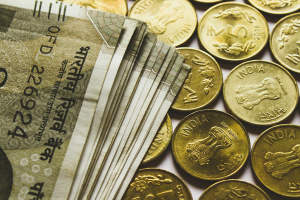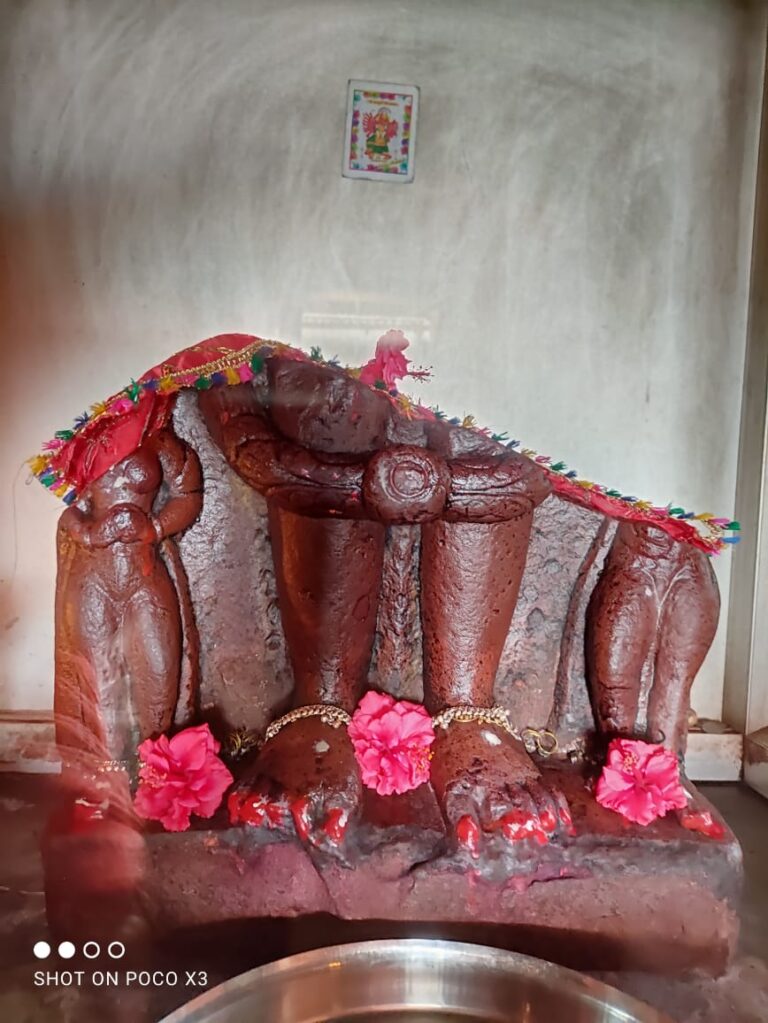
Mumbai: The Reserve Bank of India (RBI) today hiked Repo Rate by 50 basis points. While it projected inflation at 6.7% during FY 2022-23, It retained the GDP growth forecast at 7.2%.
The RBI announced that now Credit Cards, beginning with RuPay cards, can be linked with UPI. It increased the e-Mandate transaction limit to Rs 15,000 and also hiked the upper limit on housing loans by Cooperative banks by more than 100%.
Following are the Key Policy Rates
- The Monetary Policy Committee (MPC) of the RBI, comprising the Governor Shaktikanta Das, Dr Shashanka Bhide, Dr Ashima Goyal, Prof. Jayanth R. Varma, Dr Rajiv Ranjan and Dr Michael Debabrata Patra, met from June 6-8, 2022 and unanimously decided to hike the Repo Rate by 50 basis points to 4.90 %
- Consequently, Standing Deposit Facility Rate stands adjusted to 4.65% and the Marginal Standing Facility rate and Bank Rate to 5.15%
- The MPC also decided to remain focused on the withdrawal of accommodation to ensure that inflation remains within the target going forward while supporting growth.
Inflation
Assuming a normal monsoon in 2022 and an average crude oil price of $105 per barrel in the Indian basket, inflation is projected at 6.7% in 2022-23 – Q1 – 7.5%, Q2 – 7.4%, Q3 – 6.2% and Q4 – 5.8%.
Growth forecast
The MPC observed that the global economy continues to grapple with multi-decadal high inflation and slowing growth, persisting geopolitical tensions and sanctions, elevated prices of crude oil and other commodities and lingering COVID-19 related supply chain bottlenecks.
- Economic indicators for April –May indicate a broadening of the recovery in economic activity in India. Urban demand is recovering and rural demand is gradually improving. Merchandise exports posted robust double-digit growth for the fifteenth month in a row during May while non-oil and non-gold imports continued to expand at a healthy pace, pointing to a recovery of domestic demand.
- Real GDP growth for 2022-23 is estimated at 7.2% – Q1 – 16.2%, Q2 – 6.2%, Q3 – 4.1%, and Q4 – 4.0%.
- According to NSO provisional estimates released on May 31, India’s GDP growth in 2021-22 is estimated at 8.7%, higher than the pre-pandemic level.
Measures to benefit Cooperative Banks
- Taking into account the increase in housing prices since the limits were last revised and considering the customer needs, it has been decided to increase the existing limits on individual housing loans by cooperative banks. Accordingly, the limits for Tier I /Tier II UCBs shall stand revised from ₹30 lakh/ ₹70 lakh to ₹60 lakh/ ₹140 lakh, respectively. As regards Rural Cooperative Banks (RCBs), the limits shall increase from ₹20 lakh to ₹50 lakh for RCBs with assessed
- Net worth less than ₹100 crores; and from ₹30 lakh to ₹75 lakh for other RCBs.
- Urban cooperative banks can now extend doorstep banking services to customers Will enable these banks to better meet the needs of their customers, especially senior citizens and differently-abled persons.
- Rural cooperative banks can now extend finance to commercial real estate (loans to residential housing projects) within the existing aggregate housing finance limit of 5% of total assets
Enhancement of limit on e-mandate transactions
To further augment customer convenience and facilitate recurring payments like subscriptions, insurance premia and education fees of larger value, the limit per transaction for e-mandate based recurring payments increased from ₹5,000 to ₹ 15,000
Enhancing the scope of the UPI payment system
Now, credit cards too can be linked with the UPI platform, beginning with RuPay cards. This will provide additional convenience to users and enhance the scope of digital payments. UPI has become the most inclusive mode of payment in India. Currently, over 26 crore unique users and 5 crore merchants are onboarded on the UPI platform.
– global bihari bureau





